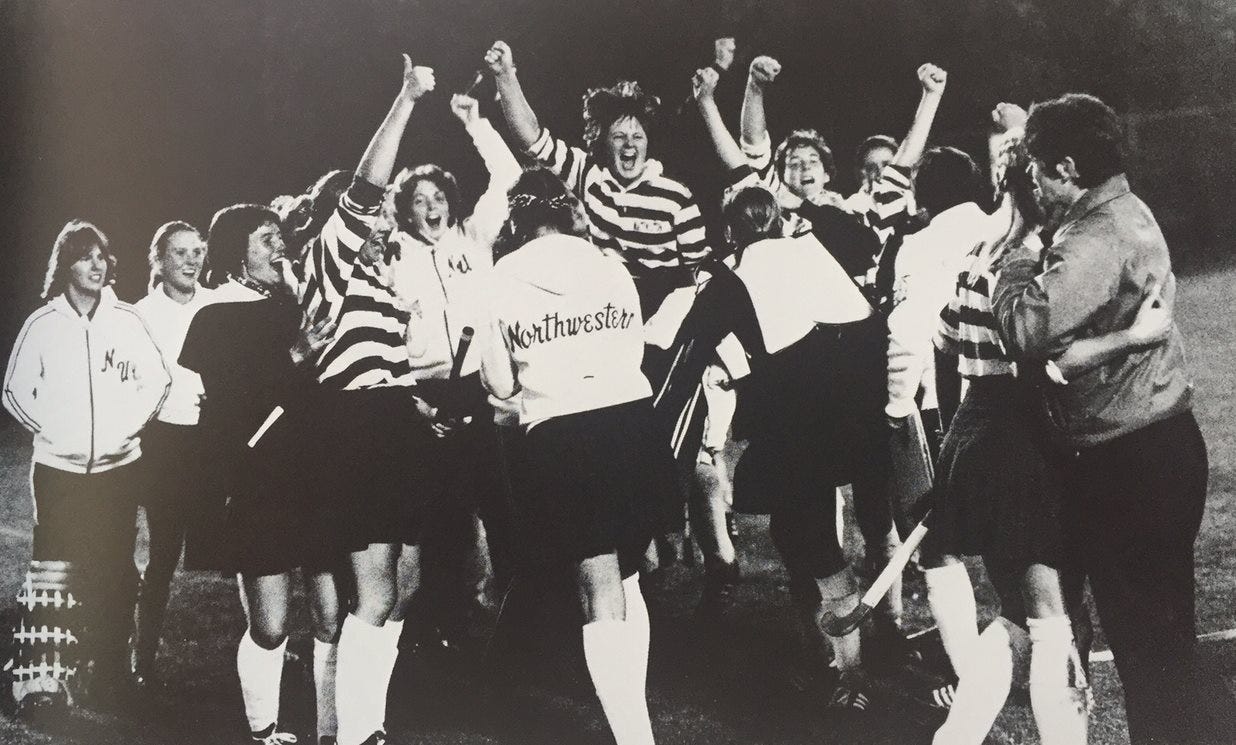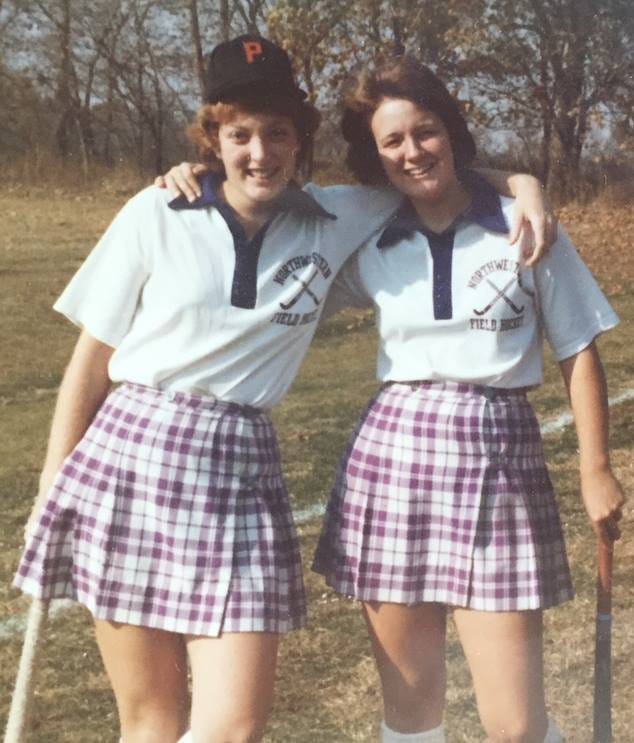
This week, I was planning to take on a little heavier topic than usual, because when you start collecting string on stories about women and work and aging, the subject feels pretty heavy pretty fast.
But I can’t stop watching basketball. Specifically, the women’s NCAA tournament.
Apparently, I’m not alone: TV ratings for women’s basketball are up 60 percent for the 2023-24 season; Fox Sports reports that ratings for women’s games on their network are higher than for men’s. Before the NCAA tournament began, an online ticket marketplace reported selling more than six times as many tickets to the women’s Final Four in Cleveland as to the men’s. No one is surprised that the women’s Final Four is a sellout, with resale prices rocketing into more than $1,000 a seat and it’s still more than a week away.
Yes, a lot of this excitement is because of Iowa’s Caitlin Clark, a generational talent who this season became the NCAA’s all-time leading scorer, period, besting all the women and men who came before her.
But it’s also because of the other incredible athletes and stories in the women’s game: Dawn Staley’s undefeated South Carolina squad. Freshmen phenoms JuJu Watkins at USC and Hannah Hidalgo at Notre Dame. Defending national champions LSU, led by Angel Reece. Paige “Buckets” Bueckers at Connecticut. Cameron Brink at Stanford. Stanford’s coach, Tara VanDerveer, who this season became the all-time winningest coach college basketball coach. Ever.
No wonder I can’t get anything else done while women’s basketball is on.
Because I remember when it wasn’t like this. When women’s sports were literally afterthoughts.
I remember because I was a Division 1 college athlete at the dawn of the NCAA era. Title IX, the federal law mandating equal treatment of women and girls in programs that receive federal funding, was passed in 1972, four years before I went to Northwestern. It wasn’t conceived as a way to boost women’s sports, but that’s what happened, though progress was SLOW.
My sport was field hockey, which I recognize isn’t as well-known as basketball, but back then, we were all sort of scratching by together. My roommate and close friend was a star basketball player – the first Northwestern woman’s basketball player to earn All-America honors. She didn’t have it much better.
We had one (partial) scholarship on our team, which was split between two players who also played softball. Our coach my freshman year was also the women’s basketball coach; later, we were coached by a now-legendary softball coach. (Make no mistake: They were both great coaches, if not of their favorite sport.) We practiced and played on a lumpy, grass football practice field; our fans were mostly our parents and friends standing on the sidelines.
We drove ourselves to games in university motorpool Buick station wagons and vans, often many hours and overnight. We stayed four to a room in hotels for away games. On one memorable weekend when we were playing Iowa away, we stayed at a player’s grandmother’s house outside Iowa City.
Yet playing college field hockey was a highlight of my life, and while our circumstances (and, let’s face it, athletic abilities) are vastly different, when I watch Caitlin Clark and her Iowa teammates, and all of the teams competing in the tournament, I see something familiar.
My field hockey teammates and I were committed, hard-working, competitive. (We were also goofy and adolescent; my senior year we decided we wanted to host Saturday Night Live as a team and actually were disappointed when NBC didn’t respond.)
We learned together that sometimes life isn’t fair, but sometimes your teammates can lift you to something you could never have accomplished alone. In a hugely valuable lesson for my later life, I learned playing field hockey that your opponent isn’t necessarily your enemy and your teammates don’t have to be your best friends, though they sometimes turn out to be.
I am proud that our early, small successes paved the way for more scholarship money, better recruiting and facilities and, decades later, the legitimacy of a recognized top-tier program.
Is it any wonder I sat in my kitchen and cried when the Northwestern field hockey team won the NCAA Division 1 national championship for the first time in 2021? And that my teammates and I still try to get together every fall to watch our team play in person at their beautiful, Lake Michigan-adjacent stadium?
I see that same passion we had in every game of this year’s tournament, which is why I can’t look away.
I love hearing the high-pitched cheers of the little girls who pack the arenas. I love that players like Caitlin and Angel and Cameron are featured in commercials that add to their name recognition and bank accounts. I love that they can look forward to professional careers.
But there’s still a long road to equity. Did you know that the women couldn’t even call their tournament March Madness until three years ago? And that Caitlin Clark’s starting salary in the WNBA may be a measly $76,000? And you probably remember the shocking story of the differences between the food and workout spaces for the women’s and men’s teams in the 2021 COVID bubble in Indianapolis.
C’mon now: Do better.
Still, I’ll be watching as many games as I can, cheering for my Big Ten favorites and underdogs everywhere.






Thanks for this article. As someone who missed out on title 9 I am so happy to see this progress. As an Iowa Hawkeye i am thrilled to cheers on Caitlin and our women's Hawkeye team. BTW I heard this morning that Caitlin got a 5 million dollar offer to play if she wants it. She is weighing all her options. Go Hawks and congratulations to all our talented women athletes.
“We learned together that sometimes life isn’t fair, but sometimes your teammates can lift you to something you could never have accomplished alone” memorable quote. 😊